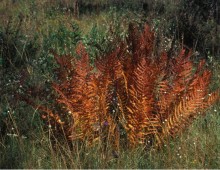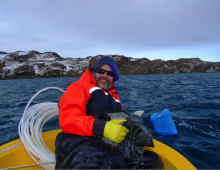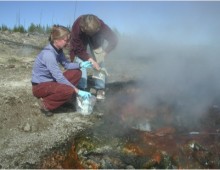Deciphering the virulence of a fern fungus
Researchers annotate genome of the smallest known fungal plant pathogen. The Science: Researchers sequenced and analyzed the genome of Mixia osmundea, the smallest fungal plant pathogen (13.6 million bases) to date, to provide insight into its mode of pathogenicity and reproductive biology. The Impact: Aside from learning how the fungal pathogen reproduces, genome annotation revealed… [Read More]


